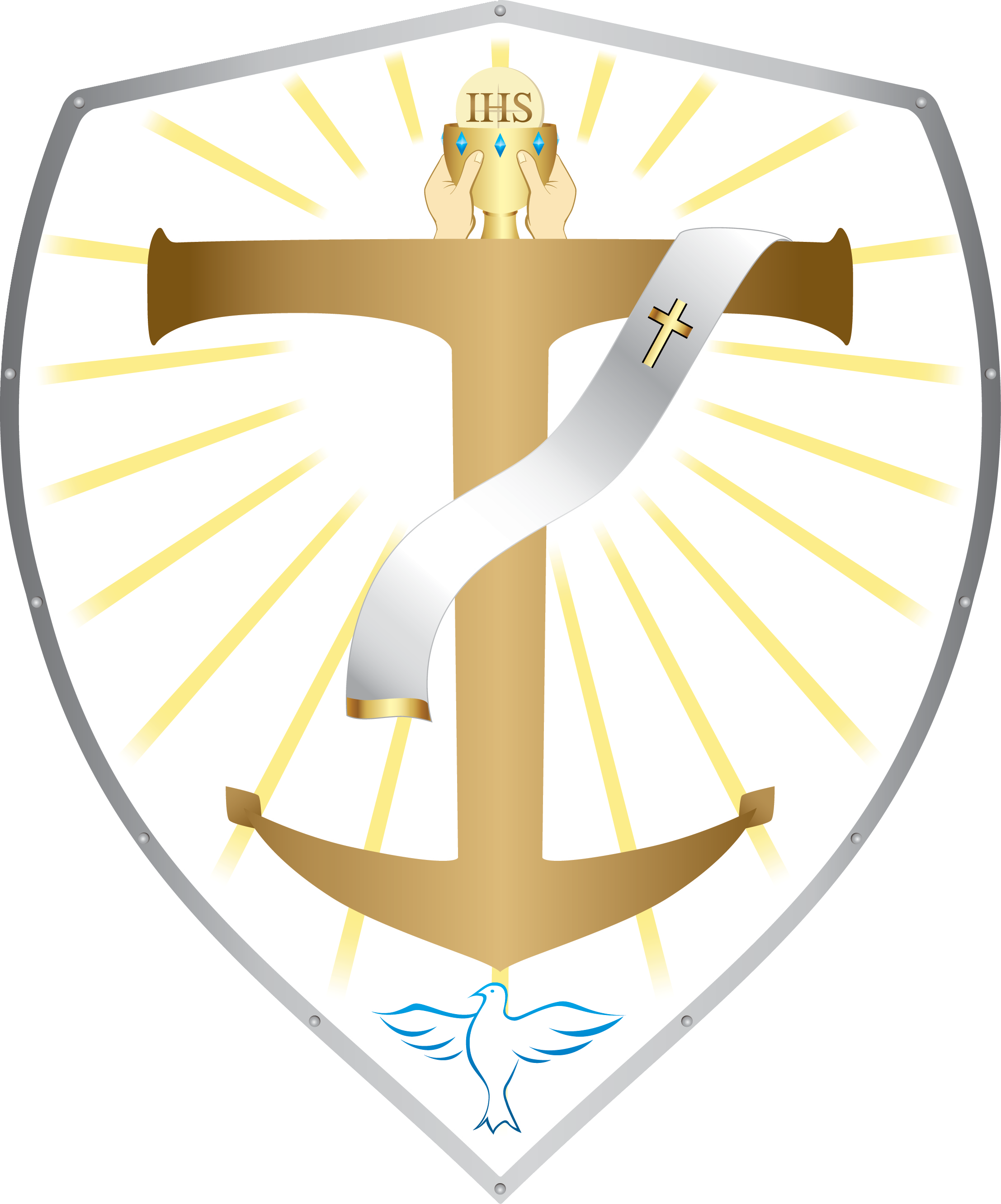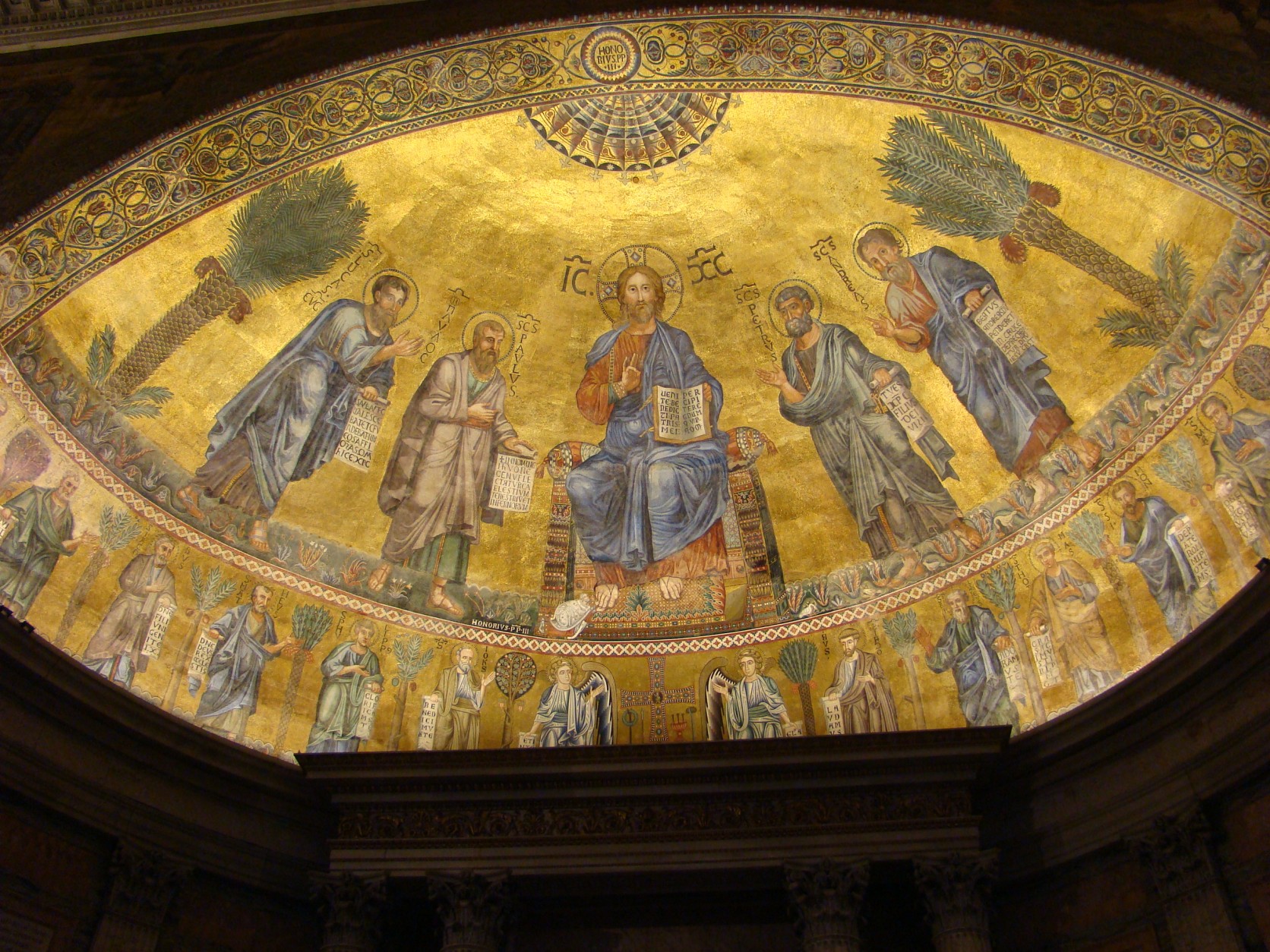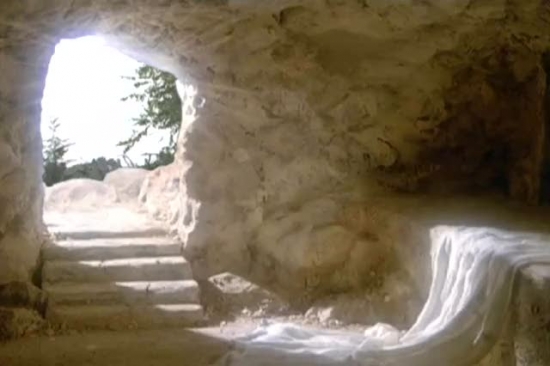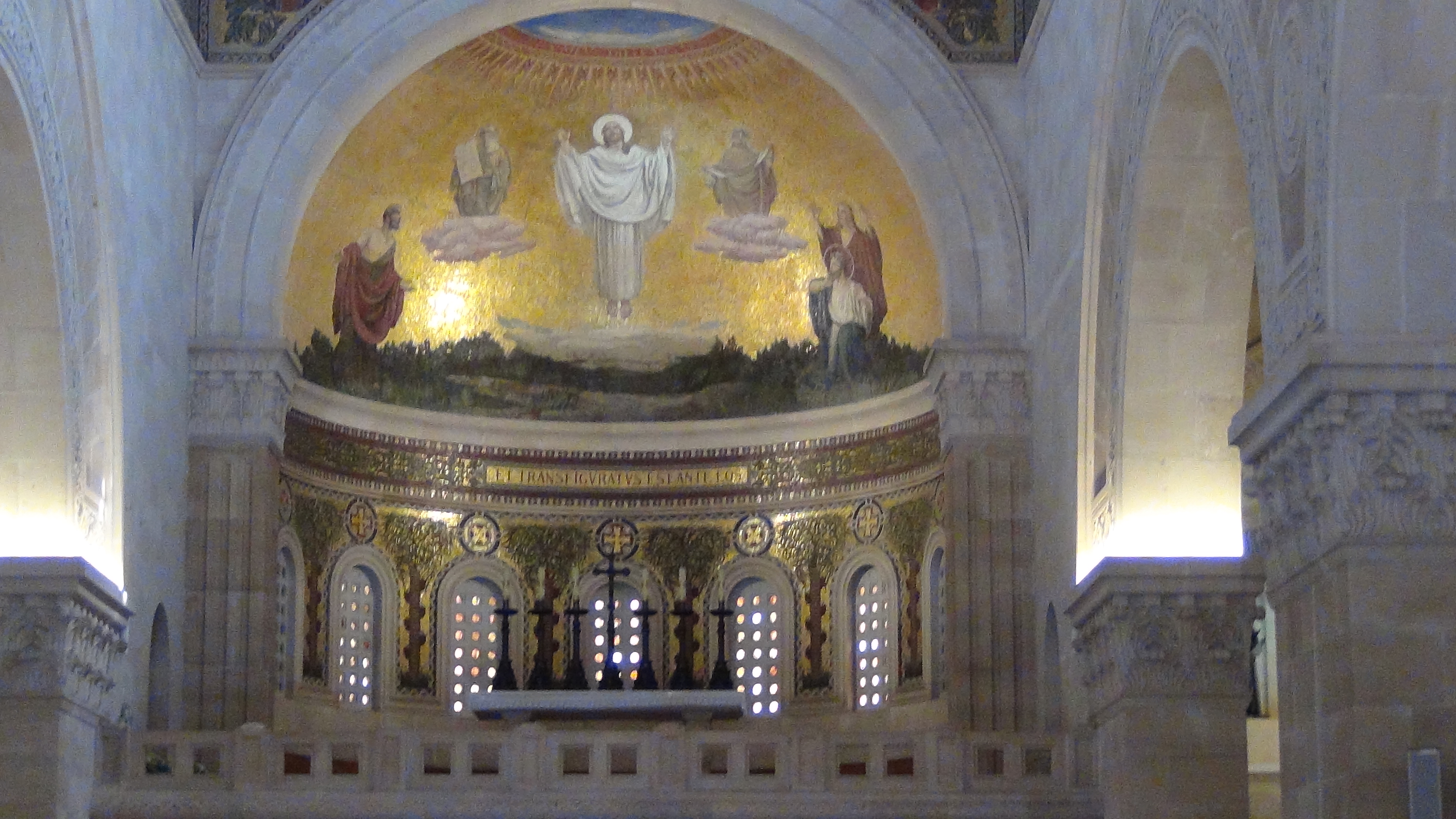Easter Triduum is upon us for a three-day commemoration of the Passion, Death, and Resurrection of Jesus Christ. It is the Lord’s victory over sin and death. It is however not only a time to look back but also to bring forward that same passion, death, and resurrection into our lives, a cleansing of our own sin, and a renewal of our baptismal promises to live a life of holiness.
Easter Triduum includes Holy Thursday, Good Friday and Holy Saturday in the Easter Vigil. Jesus takes the Jewish feast of Passover and transforms it into Holy Thursday with his own body and blood in the bread and wine we celebrate each time we come to Mass. Jesus makes of this feast his own last Supper before his death and the first Supper of the new kingdom he is bringing into the world. This night the Church recognizes its call to be servants of its people by the washing of the feet. The evening is given to time in Adoration till midnight to be with the Lord in anticipation of his death. This night the church is being born not simply as an institution but within the hearts of God’s people.
Good Friday recalls the Lord’s Passion in which he hung on the cross from noon till 3:00 when he breathed his last. It is the only day we do not celebrate Mass as we pause to honor the Lord’s death in which he descends to the dead to set captives free. We also mourn with him our separation from God by the nails of our sins. Jesus final words on the cross, “Father, into your hands, I commend my spirit”. Jesus’ self-surrender, no one takes it from him but he lays it down for us. We are called to self-surrender to God and hold nothing back. This act is a daily struggle to overcome the concupiscence of our own passions and carry the cross with love. This night we receive Holy Communion of previously consecrated hosts as the only time the Church does not celebrate the Mass.
Holy Saturday is our “quiet time” as the Lord was laid in the tomb before his resurrection. The silence of the day is transformed into the victory over death as the evening begins with the lighting of the Paschal Candle and the singing of the Exultet in recalling the Lord’s sacrifice and victory. The darkness of the evening however gives over to the “light of Christ” in his resurrection from the dead bringing that light to all who had died before and to all the living in anticipation of being raised up to the glory of heaven. This night the stone of the tomb has rolled open to reveal the emptiness of the tomb, the emptiness of a life without Jesus Christ. It is the night of rejoicing and exultation with a return to the singing of the Alleluia!
Easter has arrived! A new day has dawned upon God’s people. The glory of his name is exulted above every other name. He is risen! He is risen and we are called to rise up to be heirs of his kingdom remaining true to our faith by word and deed. This is the love, mercy and glory of God poured out on his people. This is also the great joy from God for those who have responded to his sacrifice and his calling. The work of Lent becomes the fruit of our salvation. It is not by our merit but by his grace. Not only is Jesus risen from the dead but by his rising he raises us up with himself. He is risen to bring salvation to the world. He is risen to heal, redeem and sanctify our souls. He is risen to fill us with himself that we may be one with the same sacrificial love that is ready to surrender to God’s will. He is risen and will fulfill the promise that we will also rise again from sin to holiness, from mortality to immortality, from the limits time and space to being outside of time and space, from death to eternal life.
Praise be to God, Father, Son, and Holy Spirit! Happy Holy Week! Happy Easter!








Recent Comments